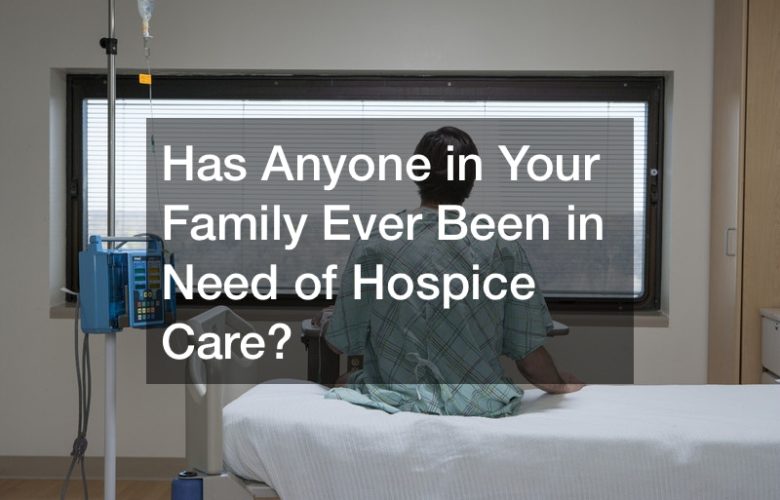
If someone you know has been struggling with their health and is close to death, you might be wondering about the benefits of hospice care. While the decision to enter hospice is always the patient’s alone, it often helps to have a bit of information to help with the decision-making process. Below, you’ll find more information about hospice care.
Is hospice home health care an option?
Yes. Active hospice organizations have different models. Some offer patients a relaxed in-patient atmosphere where their needs are met, and others are equipped to deliver care at home. Most all-in-one hospice care organizations have a variety of care delivery options patients can choose from.
Can you tell me more about palliative care?
Hospices concentrate on delivering high-quality adult palliative care — instead of focusing on curing ailments, hospice doctors and nurses work to ensure that patients are comfortable. Contrary to popular opinion, hospice patients still receive treatment and remain under the care of a team of medical professionals. Most hospice organizations encourage patients to participate in pain-relieving treatment and therapy. And many offer families assistance with providing care, so patients can stay at home for as long as possible.
You probably paid too much for the truck, but simply knowing that it was the last vehicle your father ever drove makes it a great purchase. Your father battled a stomach cancer for three years before he entered a hospice program. At the time you and your three brothers were busy helping your mother prepare for what her future would hold. Six months later, however, your father was dismissed from the program and the hospice resources were no longer necessary. Your father liked to say that he was one of the only people he knew of who had been kicked out of hospice and he enjoyed the opportunity to buy a new truck and take a few more hunting and fishing trips.
His respite did not last forever, though, and when his cancer returned it did so with no mercy, causing him to become so ill so quickly that the return to hospice was short. That new truck that your dad bought served as the last big purchase that he made and your mom enjoyed driving that truck for a few years. She did not ever put very many miles on it before it mostly just remained parked in the second stall in her two car garage. When she finally decided to sell the truck one of your brothers helped her determine a price and it seemed like a good deal. Your made the purchase three months ago and have since had to invest another $2000, half of the price you paid.
The price of the truck sitting so long without being driven is the reason that you have likely had to invest in a new starter, a new alternator, and have had to pay for some work to stop some pretty significant oil leaks. Every dollar that you have spent, however, means that you are even more invested in the truck that your father never thought that he would have a chance to buy.
The People Who Fill Compassionate Care Hospice Jobs Serve a Number of Important Roles
From holistic hospice care facilities to the hospice spaces that are managed out of a traditional hospital, there are a number of employees, as well as volunteers, who serve important roles in the lives of their patients and their families.
The interesting fact, of course, is that many of us do not know about all of the hospice resources that are available until we find ourselves in the middle of a difficult struggle with a loved one. Once you realize that the available hospice resources are available you begin to realize that you are not alone in the challenges that you will face. There are a number of nonprofit hospice care facilities across the nation and many of them are able to offer their services in part because of the care that their workers give. Those workers inspire the gifts from family members of past patients and it is those gifts that provide the real legacy of this health care platform. Palliative care is when doctors determine that a patient needs to quit fighting a battle that can no longer be won, and instead focus on comfort.
It is often during these last months of care when patients develop some of the closest relationships with their care givers. Consider some of these facts and figures about the hospice platform and the care that it provides to many families:
- The number of hospice patients grew from 513,000 in 2000 to nearly 1.4 million by 2015.
- Providing a wide range of services, hospice staff members are on call 24 hours a day and seven days a week.
- When a religious order of monk set up hospitals along a pilgrimage road leading to Jerusalem, the history of hospice dates back to the 11th century, w.
- Senators Frank Church and Frank E. Moss introduced the first hospice legislation to provide funding for these specialty programs in 1974.
- Only 5.4% of hospice patients in 2015 were under the age of 65, according to data from the National Hospice and Palliative Care Organization.
- Hospice typically starts following a formal referral, and a hospice representative will visit the patient within 48 hours of that referral.
Hospice resources play essential roles in the end days of a person’s life.

